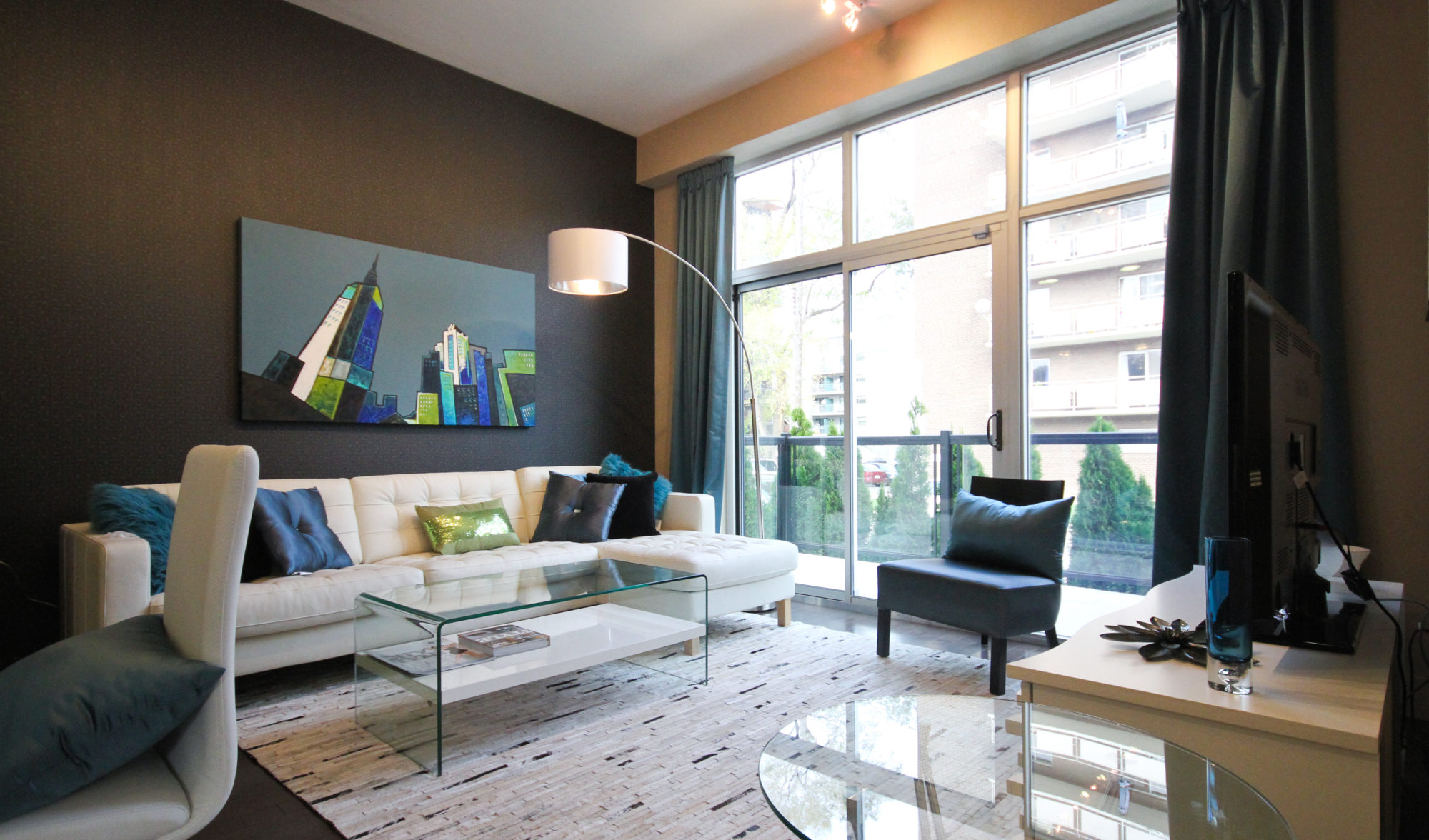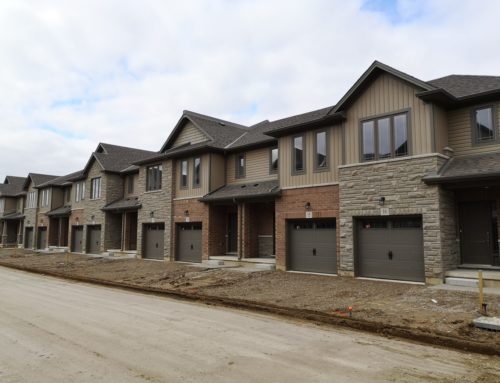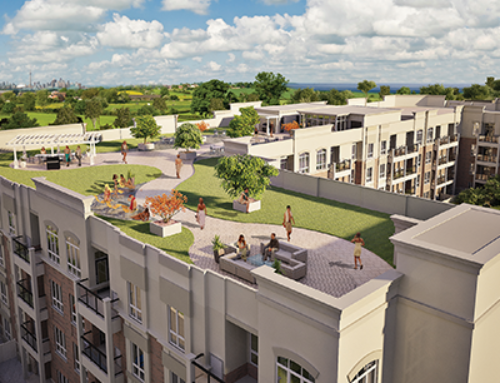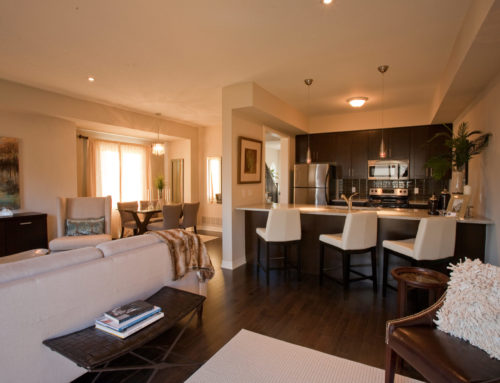“Living large” is a mantra North Americans have been far too familiar with over the past few decades. Fortunately, most of us have come to realize that it’s not just our fast food portion sizes or our behemoth SUV’s that could use some slimming down. Wastefulness and excessiveness are in steady decline, with growing numbers examining where in their lives they can cut back in order to save time, money and effort. This shift in perspective has been quite apparent in today’s real estate market. As baby-boomers seek simplicity in smaller, uncluttered spaces, and young up-and-comers seek affordable living in minimalist condos and lofts, smaller spaces have become the dominant trend in new homes.
Not so long ago, the idea of a smaller home used to elicit images of being cramped and inconvenienced, with no place to entertain guests or even enjoy a bit of privacy. All that has changed over the past decade as architects and designers have devised and implemented proven techniques to maximize the functionality and flow of today’s living spaces.
Housing is typically the largest expense most people will ever assume. Miscalculating just how much home you require can cost you thousands of dollars over the life of your mortgage. Try to imagine the myriad of benefits that go along with your smaller space and even smaller mortgage and all of a sudden the idea of less being more takes on a whole new meaning.
For starters, spending less on the actual home permits the homebuyers to redirect their money towards personalizing their living spaces with finer materials and superior craftsmanship, making it distinctively charming and livable. Also keep in mind that quality flooring, finishes, fixtures and furniture are all much more affordable when dealing with a smaller space.
Another major factor driving the smaller spaces trend is a rapid rise in eco-consciousness. The ideal of an enormous house filled with specialized, rarely used rooms is purely a North American one. If you are sincere about contributing to a sustainable future and reducing your carbon footprint a smaller home can make the biggest difference. No matter how many “green” materials a large home has, its sheer size, unutilized space, and sometimes dysfunctional design make for a very inefficient living space.
Proper “green living” almost always results in substantial long term savings, which is why the positives of living in a smaller habitat continue giving for the entire lifetime of the house, as every room must be furnished, heated, cooled, and so forth.
The environmental positives of a smaller living space are even greater than the financial benefits that you reap. A smaller home means a smaller footprint on the earth, in every measurable way – fewer trees cut down, less earth bulldozed, less petroleum burned, less steel mined – essentially less usage of every resource. So a smaller living space IS an eco home, and using green materials, appliances, and building methods can make it even greener.
Canadian homebuyers are realizing that a home that expresses your values and that’s a joy to live is not a function of square footage. Most of today’s larger homes are designed to overwhelm rather than welcome. Homes with cavernous spaces just aren’t as intimate and comfortable as those that are properly scaled down to the homeowner’s life. Think of your house as a tailored suit, just big enough to fit you perfectly.
People who are able to make smaller living spaces work, often find themselves with a surplus of time and resources to direct towards other areas of their life such as family, health, career and leisure. Perhaps a smaller home can create a more balanced and enjoyable life for you – one that will keep you connected to the things that truly matter.






